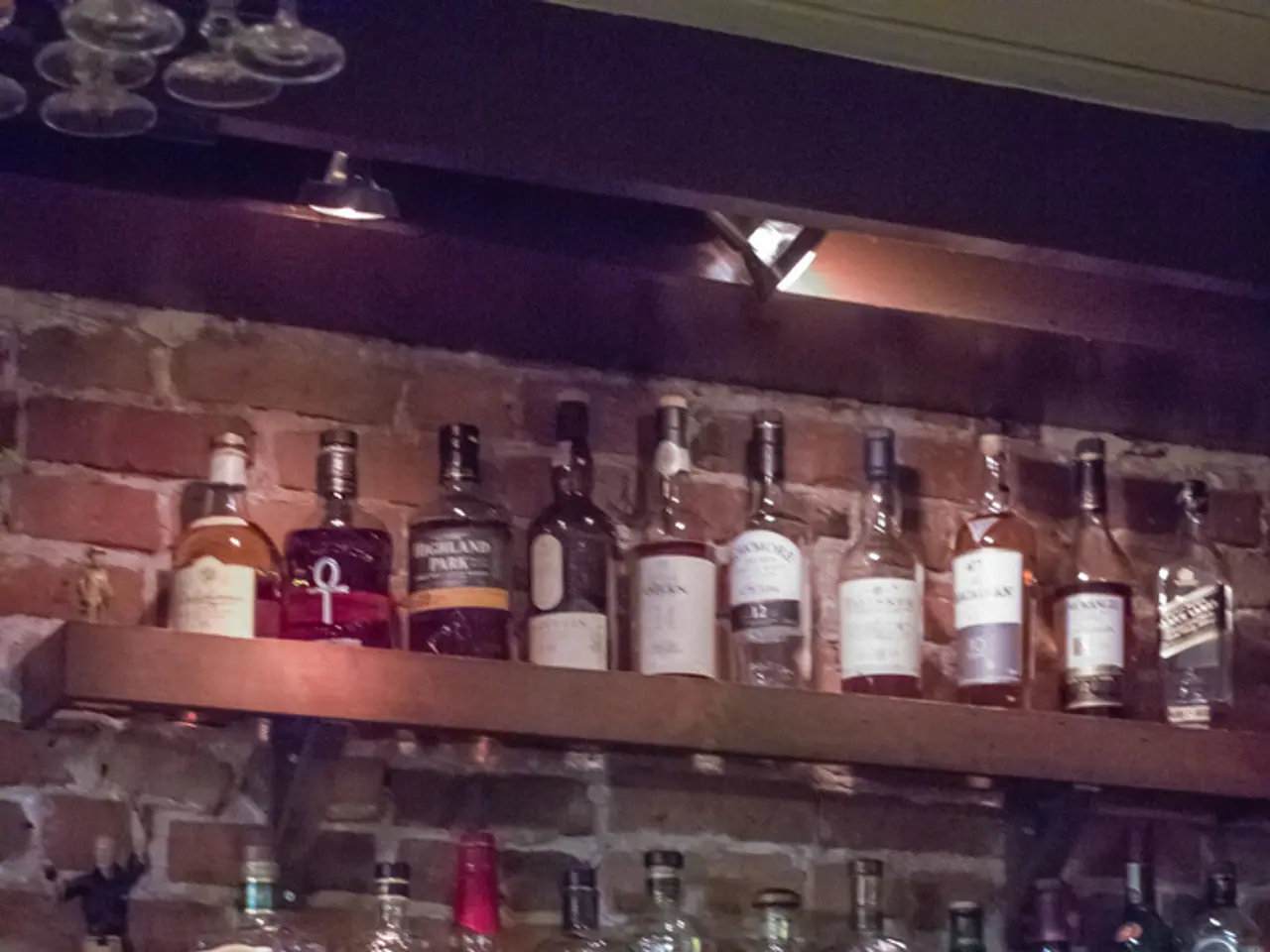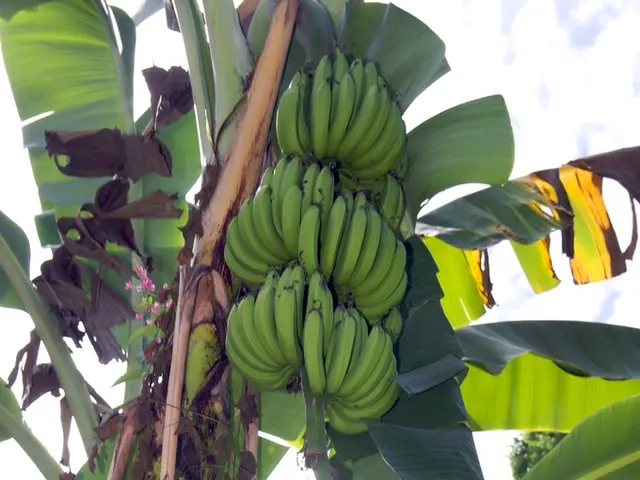Vanished corks: Tracing their whereabouts.
The world of wine is evolving, and one of the most significant changes can be seen in the closures of bottles. Gone are the days when natural cork was the only option for sealing a bottle of wine. Today, screw caps have become a popular alternative, appealing to consumers and wine producers alike.
Screw caps offer quick access and the ability to reseal a bottle cleanly, making them a favourite among those who prefer convenience. They are also seen as environmentally friendly, with many producers choosing them based on their performance, shelf life, and environmental goals.
The public perception around wine closures has changed, with screw caps gaining ground due to their reliability and ease of use. Many wineries now prefer screw caps for younger bottles, particularly white and rosé varieties, that need freshness.
The cost of screw caps is lower than that of natural cork, with basic screw caps averaging around $0.18 per bottle. Inside each screw cap is a layered liner system designed for specific types of wine, with a polyvinylidene chloride coating as the inner barrier.
Screw caps are made from aluminum or plastic and create an airtight seal, eliminating risks of cork taint. For wines that should be opened within a year or two, screw caps help preserve flavor without the risk of cork-related faults. Aluminum and certain plastics used in wine closures can also be repurposed.
Despite the rise of screw caps, cork remains a renewable resource with deep roots in the wine industry. However, it can be prone to TCA (trichloroanisole), a compound that can spoil a wine's aroma and flavor. Tin linings are often used for white and rosé wines to preserve freshness and block oxygen exposure, while Saranex linings allow small amounts of oxygen for red wines to let them develop gradually.
Stopper choice still depends on the wine's purpose and audience. Bottles for aging often benefit from natural cork. However, wine producers are increasingly using screw tops instead of corks for greater consistency and reduced spoilage. They are a common alternative, particularly in markets prioritising consistency and shelf stability.
The production of cork depends on healthy trees and steady conditions. Cork oaks in parts of Southern Europe face harsher summers and longer droughts, making it harder for them to grow. The decades-long timeline for harvesting cork, paired with high labor costs, adds pressure to producing cork stoppers.
As a result, many producers of white and rosé wines in regions like Germany, Austria, New Zealand, and parts of California have increasingly shifted from cork to screw caps in recent years to ensure better preservation and avoid cork taint. The shift towards screw caps is a testament to the changing landscape of the wine industry, where innovation and sustainability are key.
Read also:
- Increased tariffs resulting in higher prices at Shein and other Chinese fast-fashion retailers
- Research reveals that members of Generation Z are spending significantly less on video games compared to their older gaming counterparts.
- Exploring Yarn Weights: Comprehensive Instructions for Yarn Newcomers!
- New York-based Three-Star Eatery Resumes Meat Offering Despite Being Acclaimed Vegan Establishment








